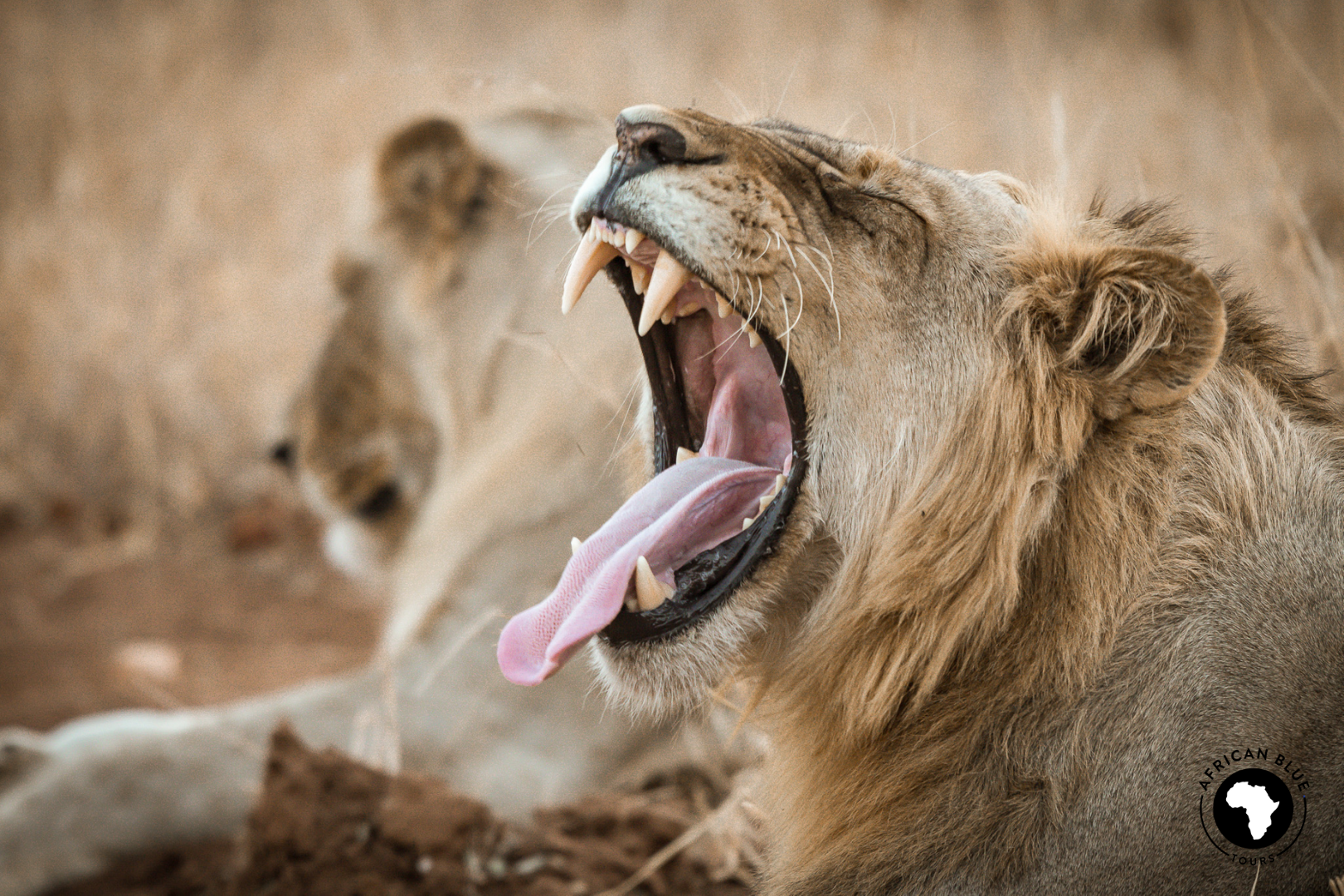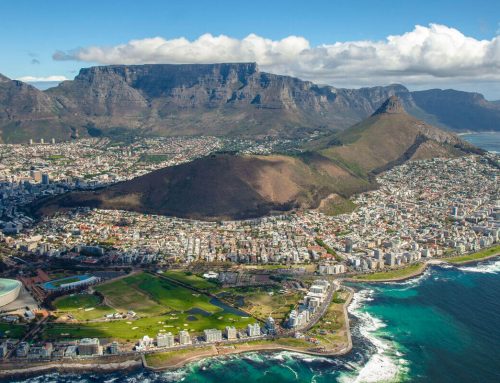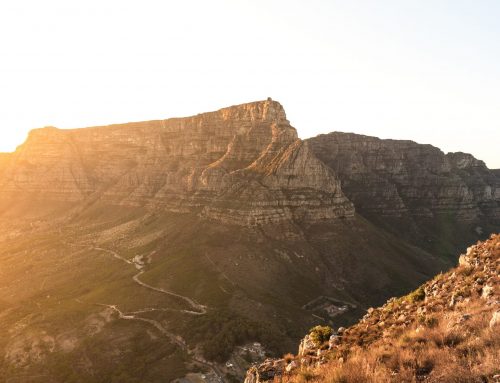The most famous game-viewing area in South Africa is the world-renowned Kruger National Park, in Mpumalanga. At about 350km long, and on average, 60km wide – makes it about the same size as Wales. The oldest National Park in Africa, visitors have been enjoying Kruger Park Safaris since it was officially opened to the general public in 1927. It has 147 species of mammal, (including the Big 5), 114 reptiles (50 snakes), 49 fish, 34 amphibians, 227 butterflies, 336 trees and 507 birds.
Greater Kruger
Although a National Park, there are many private game reserves situated on its western border and 14 private concessions within the park. The fences between these reserves and the Kruger National Park have for the most part come down making it a vast area of game-rich territory. This area is also called Greater Kruger and in our opinion offers a more adventurous game drive experience as most properties allow real off-road game viewing in their 4×4 open safari vehicles.
How to get there:
The area is accessible by domestic flights from Johannesburg into Skukuza, Hoedspruit, Kruger Mpumalanga Airport (KMIA), Malelane and Phalaborwa, or from Cape Town into Hoedspruit and Kruger Mpumalanga Airport (KMIA). By road, it takes a 5-6 hour drive from Johannesburg, through very beautiful scenery.
Most of our Kruger Park Safaris are via road transfers from Johannesburg departing in the early morning. There is also the option of flying into Nelspruit, Skukuza or Hoedspruit and other smaller airports from Johannesburg’s OR Tambo International. Please note that flight costs and in some instances airport transfers to the various accommodations are additional costs to the tour package rate.
Temperatures:
Spring (September to November): 18 – 30 Degrees Celsius
Summer (December to February): 25 – 35 Degrees Celsius
Autumn (March to May): 15 – 28 Degrees Celsius
Winter (June to August): 12 – 25 Degrees Celsius
When to go:
Autumn and winter are dry and the bush is less dense, which makes game viewing easier. Animals visit the waterholes more often, due to the lack of abundant water in the bush.
What to bring:
- Informal and comfortable clothes
- A windbreaker or warm jacket for winter.
- A raincoat /waterproof for summer months.
- Comfortable walking shoes
- Swimming costume, sun block & sunglasses
- Long clothing and mosquito repellent
- Binoculars and a camera / video camera
Malaria
Kruger National Park is a malaria risk area of South Africa however you should take some simple precautions like wearing long clothing and applying mosquito repellent spray, there is little chance of infection. Anti-malaria prophylactics are recommended for visitors to Kruger during the higher risk rainy season from December to April as an additional barrier of protection, however not compulsory.
A 24-hour malaria hotline is available on +27 (0)82 234 1800 to give detailed explanation on risk and advice on precautionary measures, you can also view our government website here. Visitors wishing to take prophylactics should consult a knowledgeable medical practitioner or recognized travel clinic about recommended medication, as certain products cause nausea, hallucinations or other negative side effects with certain people.
If you show flu-like symptoms 2 weeks after your safari, then consult a Doctor immediately and inform them of your recent safari to Kruger National Park.
You can view our full selection of Kruger Safaris here, we are ready to assist in anyway to make this experience a reality for you.






